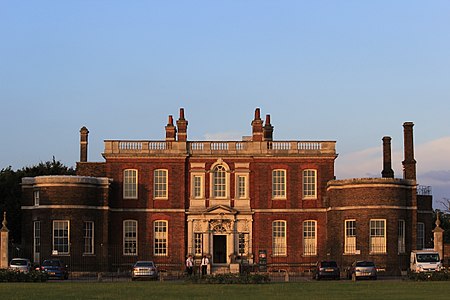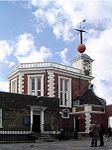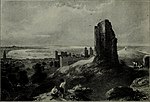Ranger's House
Art museums and galleries in LondonCountry houses in LondonDecorative arts museums in EnglandEnglish Heritage sites in LondonFormer private collections in the United Kingdom ... and 7 more
Grade I listed buildings in the Royal Borough of GreenwichGrade I listed houses in LondonHouses in the Royal Borough of GreenwichMuseums in the Royal Borough of GreenwichRoyal buildings in LondonRoyal residences in the Royal Borough of GreenwichUse British English from August 2015

Ranger's House is a medium-sized red brick Georgian mansion in the Palladian style, adjacent to Greenwich Park in the south east of London. It is situated in Blackheath and backs directly onto Greenwich Park. Previously known as Chesterfield House, its current name is associated with the Ranger of Greenwich Park, a royal appointment; the house was the Ranger's official residence for most of the 19th century. It is a Grade I listed building. There is a rose garden behind it, and since 2002 it has housed the Wernher Collection of art.
Excerpt from the Wikipedia article Ranger's House (License: CC BY-SA 3.0, Authors, Images).Ranger's House
Chesterfield Walk, London
Geographical coordinates (GPS) Address External links Nearby Places Show on map
Geographical coordinates (GPS)
| Latitude | Longitude |
|---|---|
| N 51.473444444444 ° | E -0.0016111111111111 ° |
Address
Ranger's House
Chesterfield Walk
SE10 8QX London (Royal Borough of Greenwich)
England, United Kingdom
Open on Google Maps









